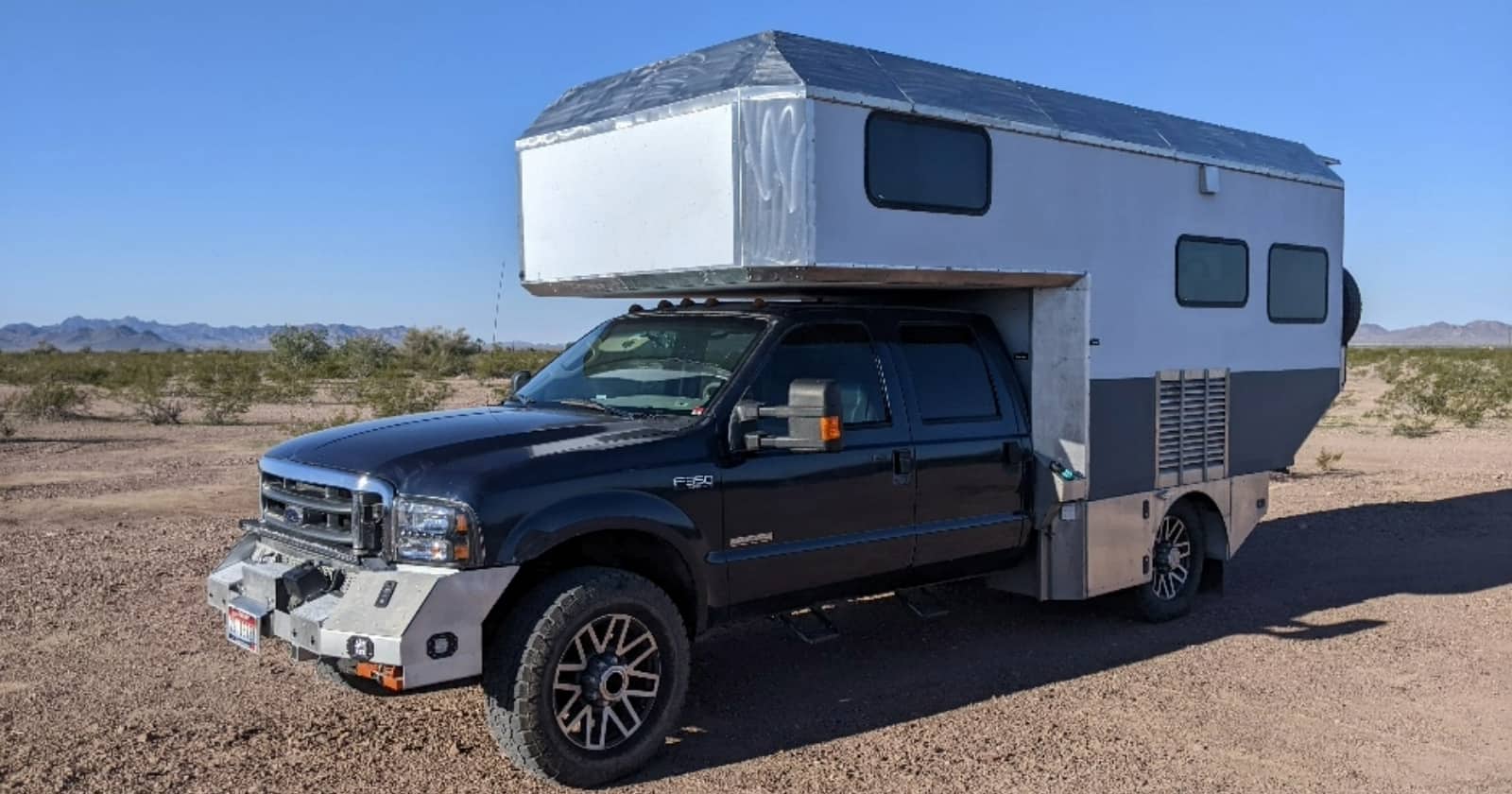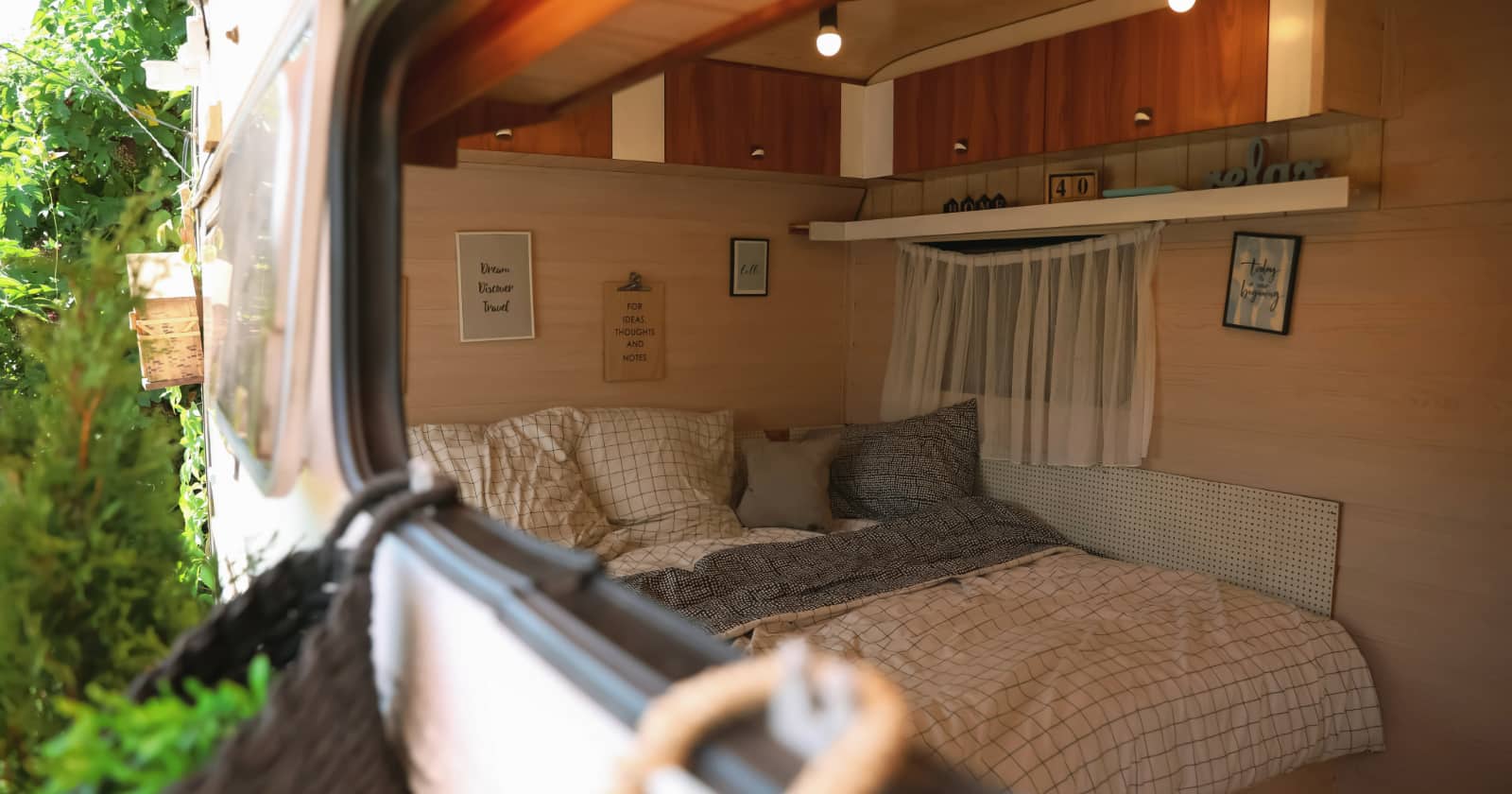Proper ventilation provides maximum comfort in your RV and also reduces the risk of damaging condensation and mold. During the heat of summer, you’ll probably need to use your A/C. In cool months, a central heating system is a must. For those in-between times, finding the right balance can be hard.
For recently built campers, a roof vent large enough to double as an emergency exit is standard equipment. Often these vents have integrated fans in them, like those made by Fan-Tastic. What about older campers that might not have a large working ceiling fan?
One way to get good ventilation during pleasant weather is by using a forced air fan to draw warm air out of the RV, increasing circulation. Youtube user webartads shared a simple method for installing an RV vent fan in his camper.
While you can purchase a 12 V powered fan, a simple, square, battery-operated fan can be modified to operate as a roof vent fan as well. You’ll need some basic materials to install such a unit. Items needed include:
- a square-ish, 12-volt fan that fits in your vent opening (here or larger one here)
- eye hooks and screws (along with S hooks) to attach the fan
- a female 12-volt receptacle for power
How to install a 12V vent fan in your RV
As described in the video by webartads, you’ll want to use a sharp drill bit to drill pilot holes for every eyehook on both the RV and the fan. Plastic can be brittle and is likely to crack if not predrilled. Drill a hole for the female 12-volt outlet in the ceiling of the RV, near the vent. Wire it into the nearest ceiling fixture.
Drill holes for the hooks inside the well of your roof vent, two on one side, one on the back, and one in the center of the opposite side.
Thread a hook into each of the holes on the side you chose to be the back and an eyehook on the other side. Tighten these until all threads are hidden inside the plastic of the RV vent trim.
Detach your fan from its battery base and attach a lamp power cord with the male connector (or use the 12 V cord that comes with the fan). Remove any brackets or other items from the fan that may protrude and make a proper fit difficult. You might also fit the fan over the opening rather than tucked inside the vent if the fan happens to be larger than the square cutout.
Match up the fan with the hardware you installed around your vent opening. Mark the locations of the two cup hooks and eyehook with the fan centered in the opening. Drill holes in each backside. Install two eye hooks on the backside and one on the front.
Fit an S hook through the single front eyehook and close the S down with pliers to latch it onto the fan. Set the fan in place by fitting the eyehooks on the back edge over the cup hooks in the vent trim. Fasten the S hook into the eyehook on the front side of the vent trim to hold the fan in place.
Plug the fan into the power outlet. To reverse the draw of the fan, flip it over and reinstall. You can use it to draw air out of the RV—or into the RV—depending on the situation!



